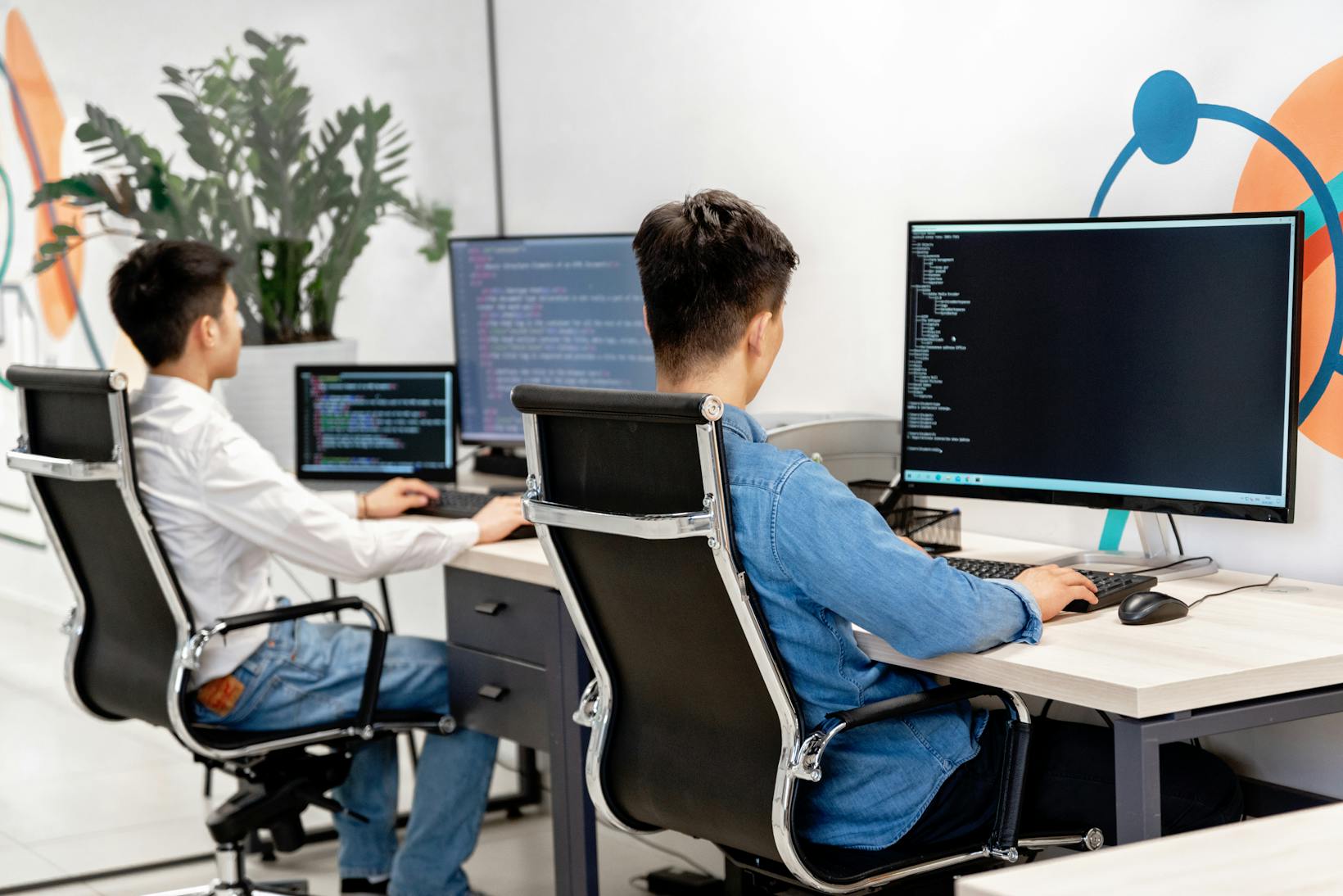In the ever-evolving world of manufacturing, technology isn’t just a tool; it’s a game-changer. It’s the catalyst that transforms industries, streamlines processes, and paves the way for innovation. As we delve into the realm of manufacturing technology solutions, we’ll explore how these advancements are redefining the sector. The rise of digital dynamics integrating machinery, software, and analytics, businesses can now leverage technology to create your own logo options, enhancing their brand identity and staying competitive.
From AI-powered robots to intricate 3D printing mechanisms, technology is at the forefront of the manufacturing revolution. It’s reshaping traditional methods, fostering efficiency, and opening up a world of possibilities. Stay with us as we navigate through this fascinating journey, shedding light on the most cutting-edge manufacturing technology solutions that are setting new industry standards.
Manufacturing Technology Solutions
This section delves into the depths of how manufacturing technology solutions have transformed over the years. It presents a comprehensive perspective on the shift from manual labor to machine-driven processes and the advent and progression of automation and digital integration.
From Manual to Machine: A Historical Perspective
 The shift from manual to machine-driven processes represents a fundamental evolution in manufacturing technology solutions. In the late 18th century during the First Industrial Revolution, manufacturing processes were predominately manual. Laborers harnessed simple tools like hammers and chisels to create products.
The shift from manual to machine-driven processes represents a fundamental evolution in manufacturing technology solutions. In the late 18th century during the First Industrial Revolution, manufacturing processes were predominately manual. Laborers harnessed simple tools like hammers and chisels to create products.
However, the invention of the steam engine ushered in a new era. It replaced manual labor with mechanical work for manufacturing. It was a triumphant milestone that accentuated productivity and heralded the Second Industrial Revolution in the late 19th and early 20th centuries. During this period, electrified factories became commonplace, and assembly lines started taking shape. For instance, Henry Ford adopted assembly line production for making cars, symbolizing a stark move from handcrafting to mechanized manufacturing.
The Age of Automation and Digital Integration
 Fast forward to the late 20th century, the landscape of manufacturing technology solutions underwent another significant change with the onset of automation. The Third Industrial Revolution brought about the widespread use of electronics and Information Technology (IT) to automate production. Robotics entered the scene, and computers controlled and optimized production processes, leading to enhanced efficiency and precision, reducing error rate and labor-intensive tasks.
Fast forward to the late 20th century, the landscape of manufacturing technology solutions underwent another significant change with the onset of automation. The Third Industrial Revolution brought about the widespread use of electronics and Information Technology (IT) to automate production. Robotics entered the scene, and computers controlled and optimized production processes, leading to enhanced efficiency and precision, reducing error rate and labor-intensive tasks.
Currently, the Fourth Industrial Revolution, or Industry 4.0, is reshaping manufacturing. It symbolizes the age of digital integration where cyber-physical systems, IoT (Internet of Things), AI (Artificial Intelligence), and data analytics collaborate to take manufacturing to the next level. For example, AI-powered robots can autonomously perform complex tasks, and cloud computing enables real-time data processing for informed decision-making. Defining modern manufacturing technology solutions, digital transformation is driving innovation, efficiency, and sustainability.
Key Components of Modern Manufacturing Technology Solutions
Advanced machinery and robotics represent significant components in modern manufacturing solutions. They’ve shifted the manufacturing landscape from less reliable, labor-intensive operations to more precise, efficient production lines. For instance, AI-powered robots—an upgrade from traditional robotic systems—offer tremendous precision and speed in tasks such as assembly, welding, and packaging, enhancing operational efficiency. Collaborative robots, or ‘cobots,’ are a further example.
Advanced Machinery and Robotics
They can operate alongside human workers, ultimately increasing productivity and ensuring safety within the workplace. Indeed, advanced machinery and robotics revolutionize manufacturing by driving the production capabilities to new heights.
Software Systems and Data Analytics
 Equally crucial are software systems and data analytics in shaping modern manufacturing technology solutions. Through comprehensive software systems, manufacturers can design, simulate, and manage the entire production process in an integrated digital environment. Key software systems include Computer-Aided Design (CAD) for designing products, and Manufacturing Execution Systems (MES) for tracking and documenting manufacturing processes.
Equally crucial are software systems and data analytics in shaping modern manufacturing technology solutions. Through comprehensive software systems, manufacturers can design, simulate, and manage the entire production process in an integrated digital environment. Key software systems include Computer-Aided Design (CAD) for designing products, and Manufacturing Execution Systems (MES) for tracking and documenting manufacturing processes.
Conclusion
The journey of manufacturing technology solutions has been extraordinary, evolving from manual labor to AI-driven processes. Today’s manufacturing industry is a testament to the transformative power of technology, where advanced machinery, software systems, and data analytics are no longer optional but essential. They’ve reshaped production processes, making them highly precise and efficient.

